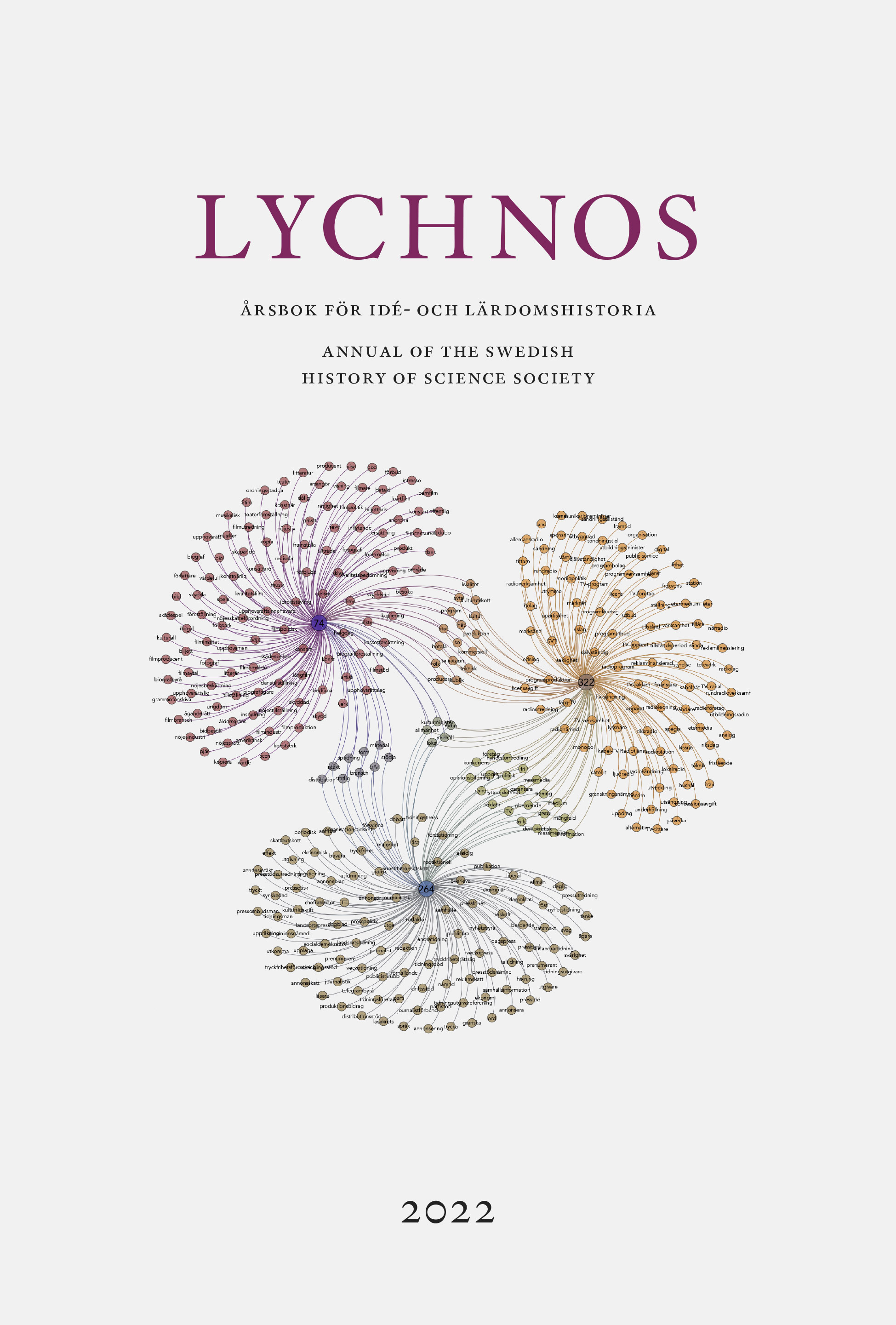Partikongressens form
Historiemetodologiska skalövningar i ljuddata från arbetarrörelsens kongresser, 1968 – 1978
DOI:
https://doi.org/10.48202/24051Keywords:
Signal processing, history of Swedish Democratic Party, digital methods, political history, sound studiesAbstract
Solemn voices echo through the speakers, the clatter of glass and bursts of laughter give way to loud applause. These are some of the sounds captured on the gramophone recording of the Social Democrats' annual congress in 1969. The Party Congress was an important arena for political thinking in 20th century Sweden, yet we know relatively little about how it functioned. This article analyses the form of the party congress by studying sound recordings from the Social Democratic Party, The Swedish Association of Christian Social Democrats, Social Democratic Women in Sweden, and the Communist party, between 1968 and 1978. What was going on at these meetings and how can audio data supplement the understanding provided by the texts of the minutes?
The party congress was a nexus for party political discourse. Decisive decisions were made, ideas were exchanged, and lines of conflict were drawn. Precisely for this reason, historical research has repeatedly consulted the congress minutes to study the circulation and development of political ideas. However, the minutes provide a limited understanding of the form of the meeting itself. The preserved audio recordings can instead contribute to our understanding of the arrangement of the meetings; who was allowed to speak for long and who was interrupted. Automated signal processing offers the possibility of exploring this rich material on a large scale. It also enables granular inspection and curated close listening. In this way, the digital analysis methods of today enable research to move along the scale of the data set. By bringing together machine processing and human listening, it is possible to gain new insights into the Party Congress and better understand one of the central environments in which Swedish social democracy took shape.
Downloads
Published
Issue
Section
License
Copyright (c) 2022 Johan Malmstedt

This work is licensed under a Creative Commons Attribution 4.0 International License.
This work is licensed under a Creative Commons Attribution 4.0 International License. The copyright for the work published in Lychnos remains with the authors.


